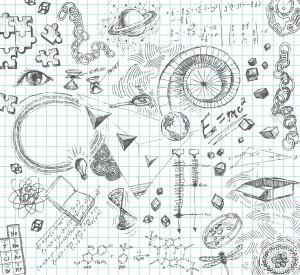by Matt Lee
Quick Summary
Libraries have always connected people with relevant content. In academic and research fields, that content has long taken the form of dissertations, papers, journals, and the like.

Body
Libraries have always connected people with relevant content. In academic and research fields, that content has long taken the form of dissertations, papers, journals, and the like. But as more and more scientific research is born digital and lives digital, in various forms of datasets, what can libraries do to help people – specifically other researchers – connect with it?
This was the question posed by NISO’s recent webinar “Research Data Curation, Part Two: Libraries and Data.” The webinar featured several experts on the topic, including Lisa Johnston of the University of Minnesota Twin Cities Libraries.
Johnston’s portion described steps the U of MN Libraries are taking to meet the challenges of big data, including helping researchers to create better data.
The U of MN Libraries assists faculty researchers through best practices, workshops, and consultation to make research data more share-able and to preserve it for future use. Much of that assistance is detailed on their Managing Your Data site.
They provide assistance to students, as well. The U of MN Libraries’ Personal Archiving Initiative introduces data curation topics to students in an accessible way by sharing best practices for organizing photos, notes, documents, and other materials students use on a frequent basis – and may feel overwhelmed by.
If you are interested in exploring options for helping researchers on your campus to manage their data more effectively, some tools from another webinar presenter may be of interest. Carly Strasser of the California Digital Library introduced several free online tools to get started thinking about data management.
DMPTool helps researchers create and manage data management plans.
DATAup helps researchers document, manage, and archive tabular data. It provides guidance on best practices and metadata generation, and helps researchers get unique identifiers for their datasets and add those datasets to a repository.
Some additional tools and information are available on the California Digital Library site. While curating science data may feel specialized now, changes in the ways that we as a society publish and share information, and how we in libraries organize that information, may bring activities like this more and more into our purview.